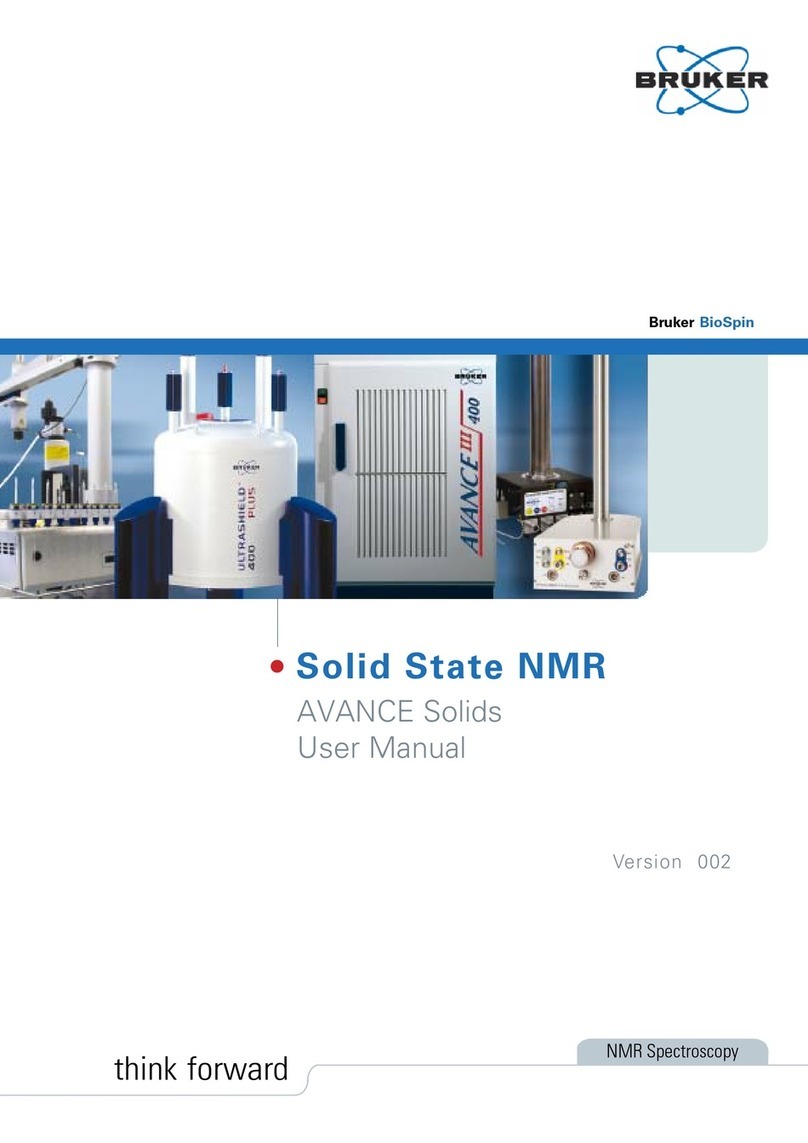Contents
E1400011_1_001 3
Contents
1 About This Manual .............................................................................................................................5
1.1 Policy Statement .................................................................................................................5
1.2 Symbols and Conventions ..................................................................................................5
2 Safety...................................................................................................................................................7
2.1 Intended Use.......................................................................................................................7
2.2 Qualified Personnel.............................................................................................................7
2.3 Correct Usage.....................................................................................................................7
2.4 Electrical Safety ..................................................................................................................8
2.5 Lifting Safety .......................................................................................................................9
2.6 Personal Safety...................................................................................................................9
2.6.1 Safety for Persons Wearing Pacemakers ...........................................................................9
2.6.2 Safety During Cryogen Refilling........................................................................................10
2.6.3 Safety When Working with VT Probe Systems.................................................................11
2.6.4 Safety When Working with Glassware..............................................................................11
3 Transport, Packaging and Storage .................................................................................................13
3.1 Symbols on the Packaging ...............................................................................................13
3.2 Inspection at Delivery........................................................................................................14
3.3 Packaging .........................................................................................................................14
3.4 Storage .............................................................................................................................15
4 Technical Data ..................................................................................................................................17
4.1 General Information ..........................................................................................................17
4.2 Connection Values............................................................................................................18
4.3 Operating Conditions ........................................................................................................19
4.4 Rating Plate ......................................................................................................................20
5 Introduction.......................................................................................................................................21
5.1 Improvements ...................................................................................................................22
5.2 Siting Considerations ........................................................................................................22
5.2.1 Environmental Considerations ..........................................................................................23
5.3 Installation of the minispec mq-Series ..............................................................................24
5.3.1 Unpacking the System ......................................................................................................25
5.3.2 Electronic Control and the Magnet Unit Connections .......................................................27
5.3.3 Electronic Control, Magnet and Gradient Unit Connections .............................................28
5.4 Specifications mq-Series ..................................................................................................29
5.4.1 Weights and Dimensions ..................................................................................................29
5.4.2 Electrical Specifications ....................................................................................................29
5.5 Interpretation of the LEDs .................................................................................................30
5.5.1 mq-Series Systems...........................................................................................................30
5.6 Calibration Samples Hatch and Probe Exchange.............................................................31
6 Getting Started..................................................................................................................................33
6.1 Software Installation..........................................................................................................33
6.2 Connecting the PC to the minispec for the First Time ......................................................34




























